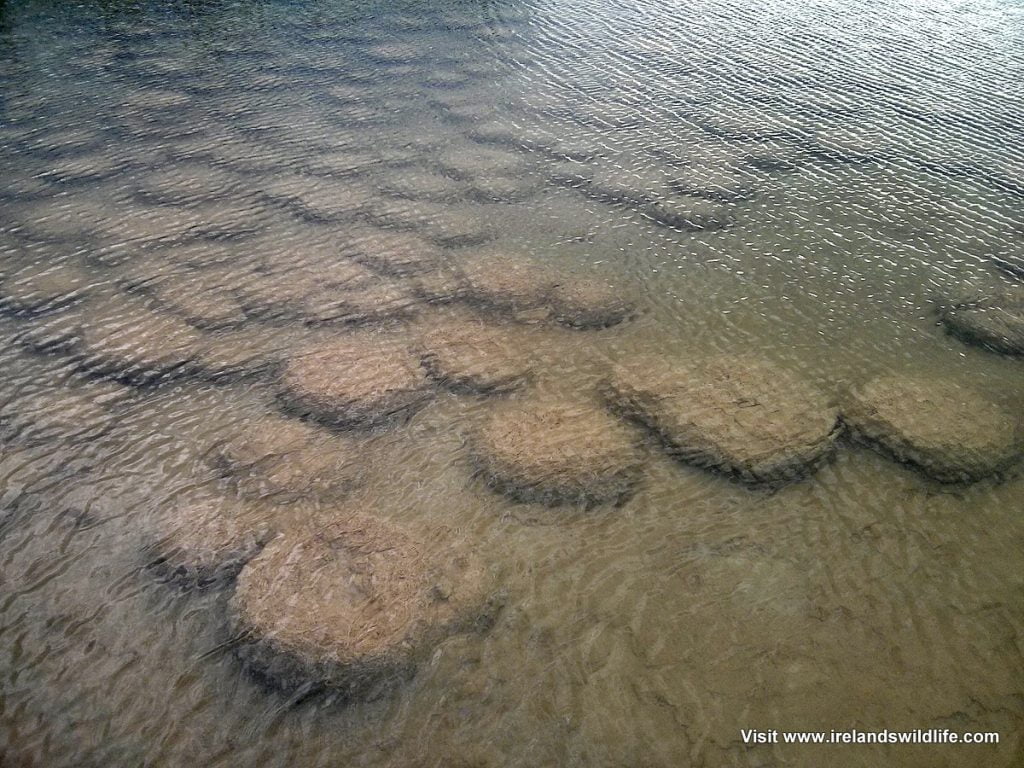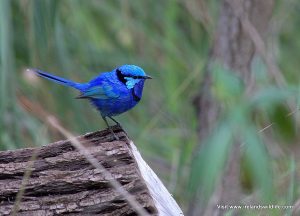
Thrombolites are amazing structures. Along with their close relatives stromatolites, these ancient bacterial colonies are ancestors of the very first life forms to exist on earth, and the hard calcareous deposits created by these colonies are bizarre. It’s actually quite humbling to stand alongside these living relics.

These thrombolites are on the shores of Lake Clifton, part of the Yalgorup National Park in Western Australia, and are about 2,000 years old. As always seems to be the case in Australia, the facilities here are outstanding. There’s a car-park, toilets, marked trails, excellent interpretive signage and a fantastic wooden boardwalk out into the shallows. This afford wonderful views of the thrombolites and protect the fragile structures from damage by visitors. It also gives great views out across the lake to scan the assembled wildfowl. We were here at the wrong time of year for the main wildfowl migration, but there were still rafts of Australasian and great-crested grebes out on the lake, and assorted ducks, including musk duck (a first for me).

The scrub and woodland around the car park is home to the stunningly beautiful splendid fairy wren, grey fantails, golden whistlers, silvereyes and many other birds — so its well worth spending a bit of time exploring. We also saw kangaroos on the road out of the park at dusk — so keep your eyes peeled on the drive.
Only half-an-hour from the busy little coastal town of Mandurah, Lake Clifton is well worth a visit if your passing through the area.









